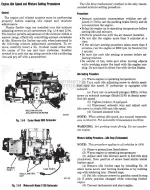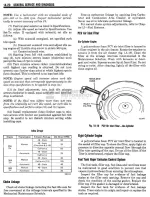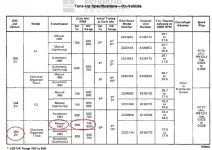Carburator question
Hedgehog
Always Off-Roading Jeeper
- Posts
- 9,370
- Thanks
- 4
- Location
- Tucson/Marana Arizona
- Vehicle(s)
- -1975 Jeep CJ5, 360 V8, Headers, Duel Exhaust,T15 transmission, D-20 Transfer case, Twin Stick Conversion, Warn 8274 Winch
-1951 Willys Wagon, 4 cylinder, "F" head, little rust, very close to stock
My CJ has an '82 360 with a stock motorcraft 2150 Carb. The 360 runs well, but I've been having trouble getting it to idle at a consistent RPM. Sometimes it idles at ~650rpm, then it will climb to 850rpm or settle at 750rpm. The problem might be a vacuum leak. So I did a redneck vacuum leak test around the carb. with a can of carb. cleaner. Sure enough the engine stumbles when spraying around one of the throttle shaft ends. So, I called my carb. guy and he says that this is entirely normal. There is an acceptable range or % of leakage. Makes sense, the throttle needs to be able to move. What do you guys think? Only one side seems to leak and it takes a full shot right on the shaft to make the engine stumble, but it will stumble enough to almost stall.








